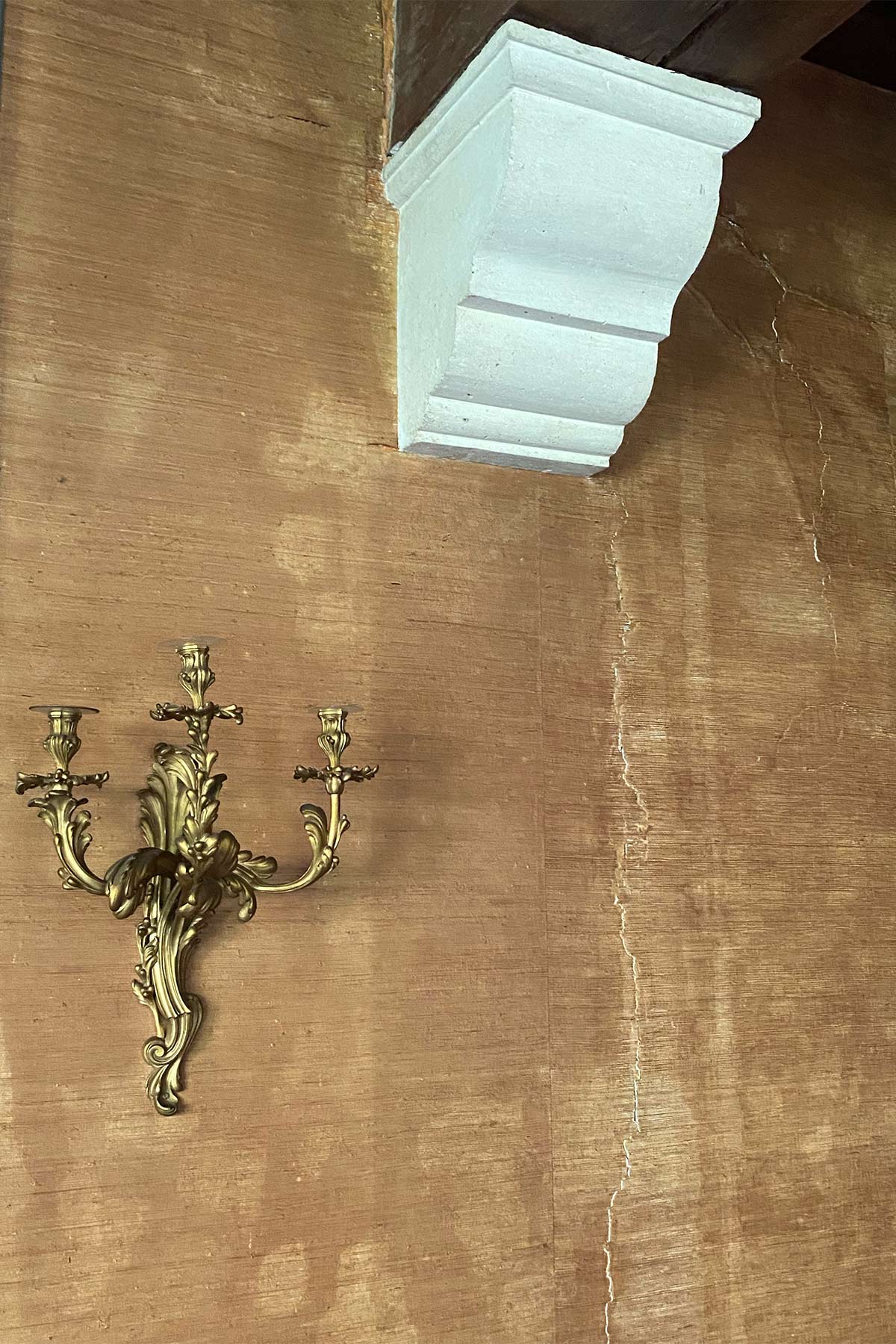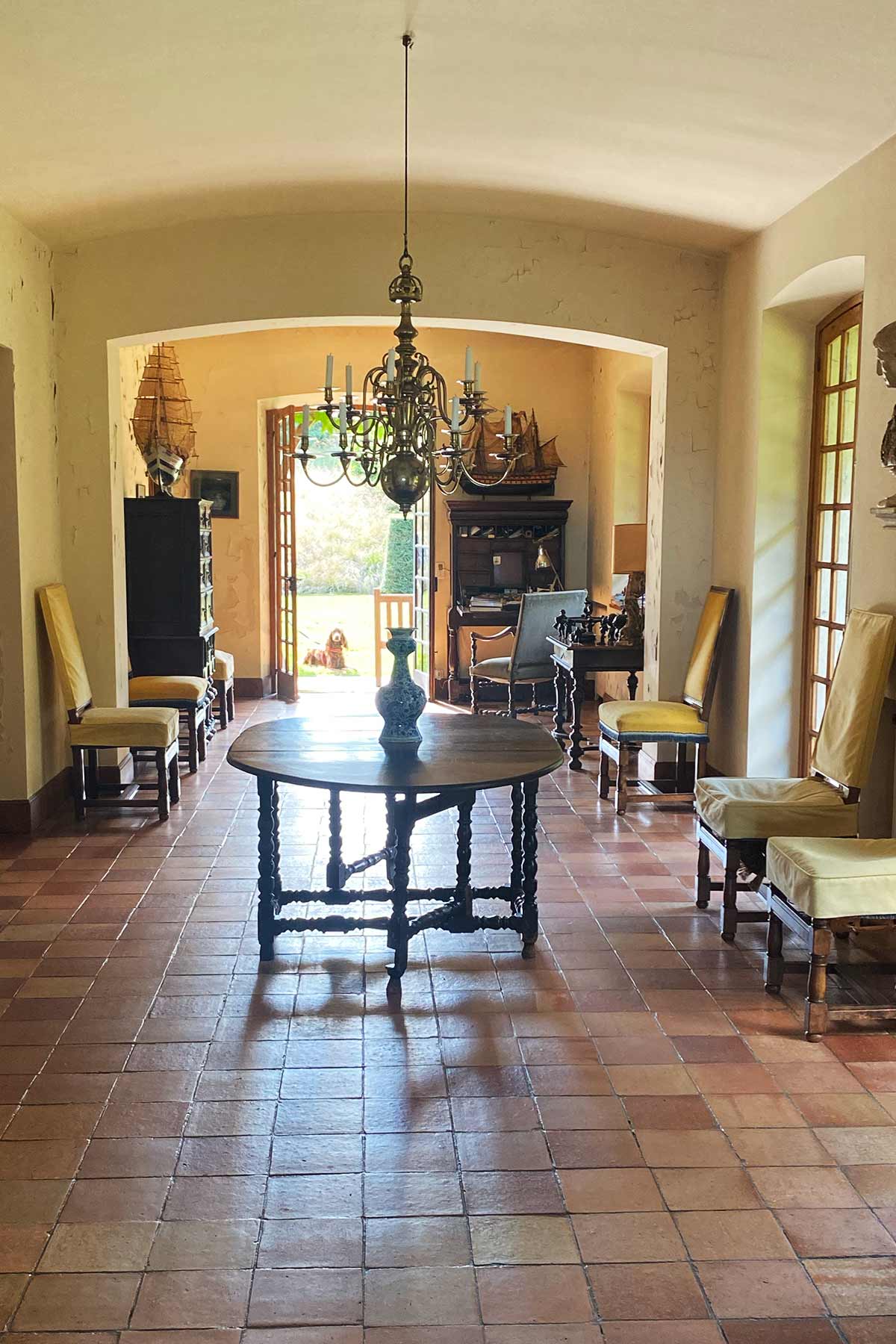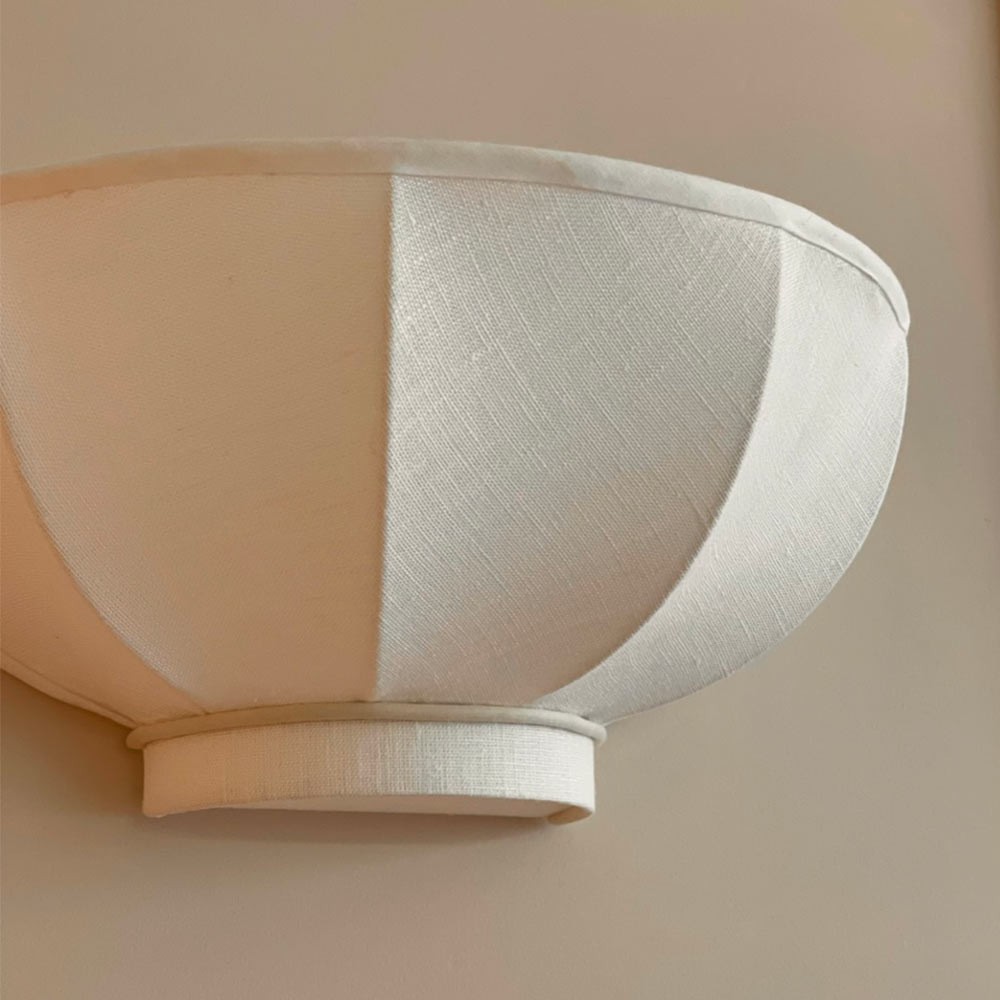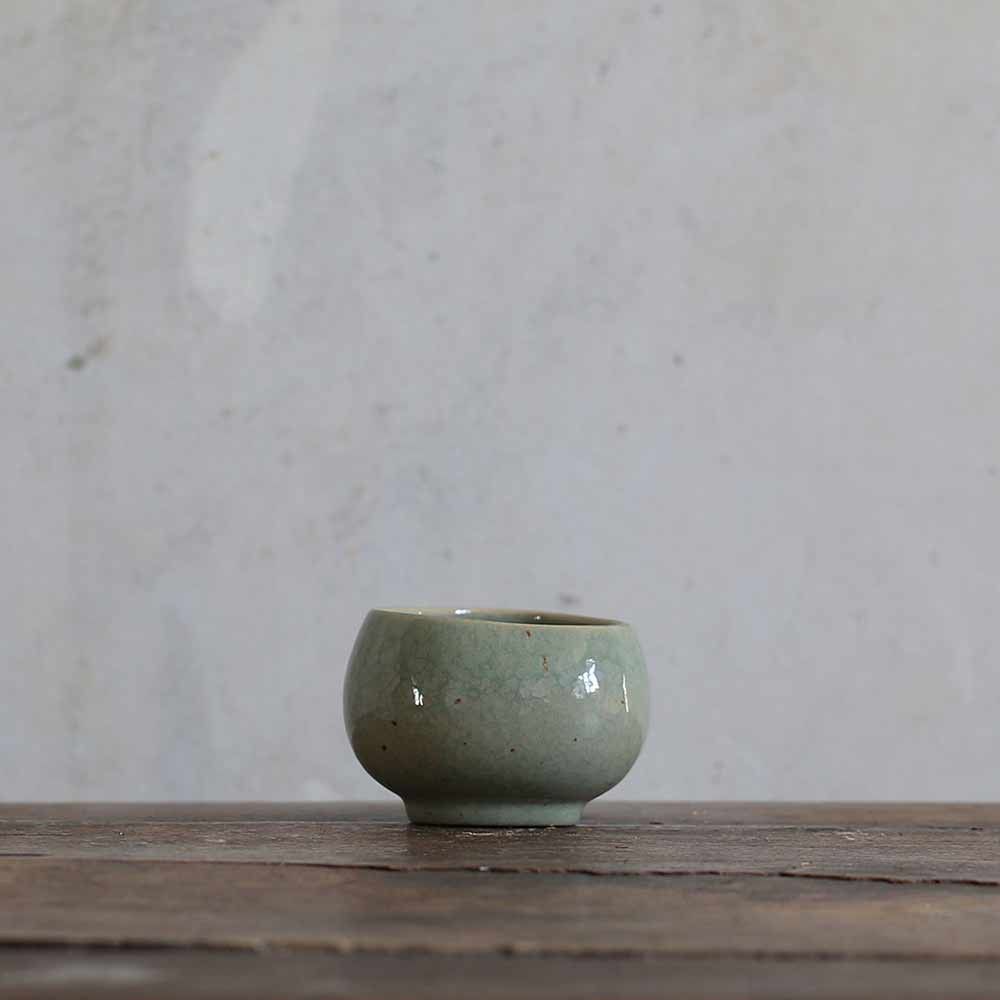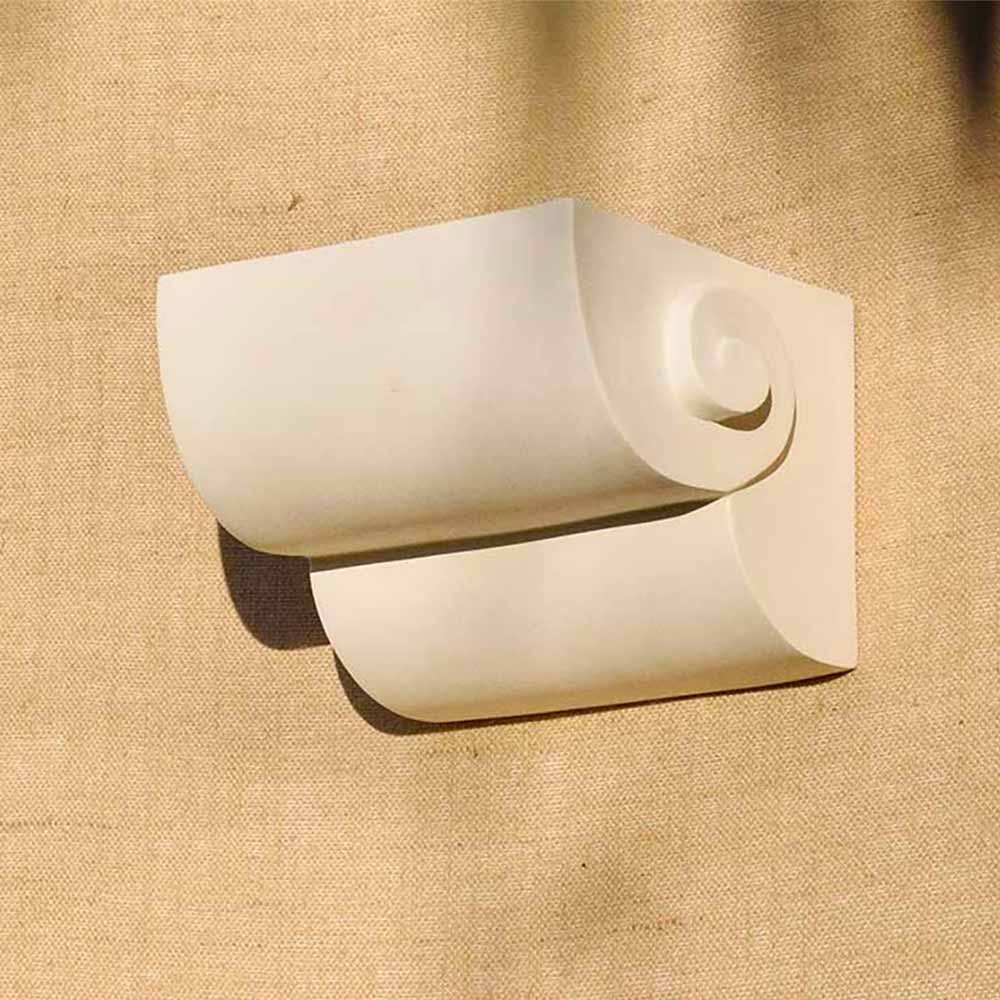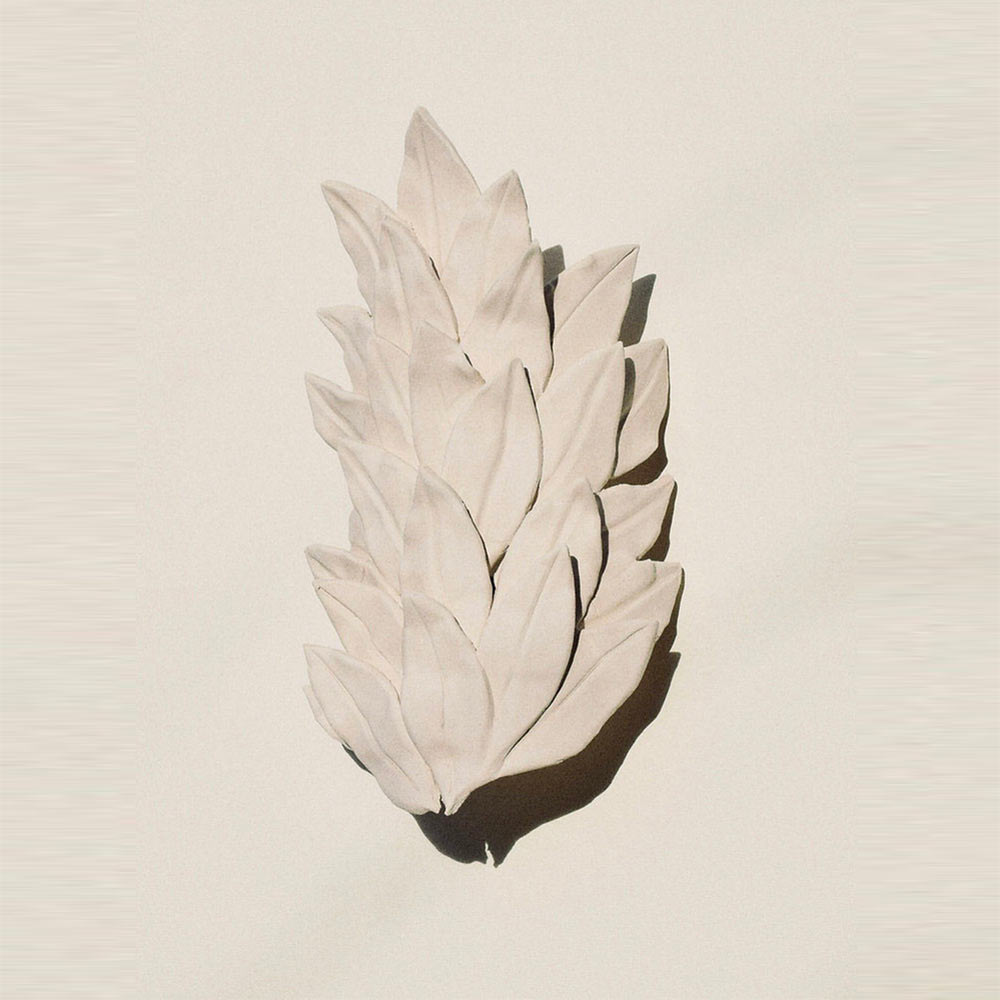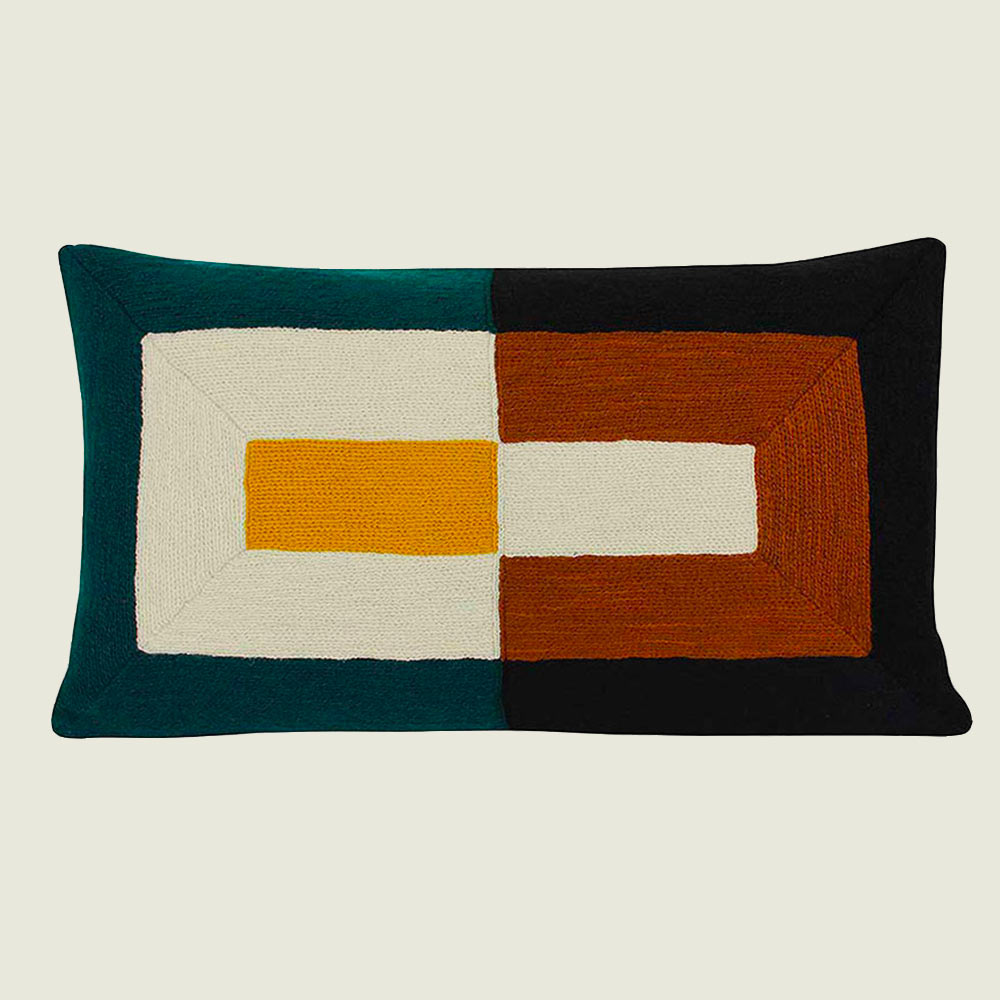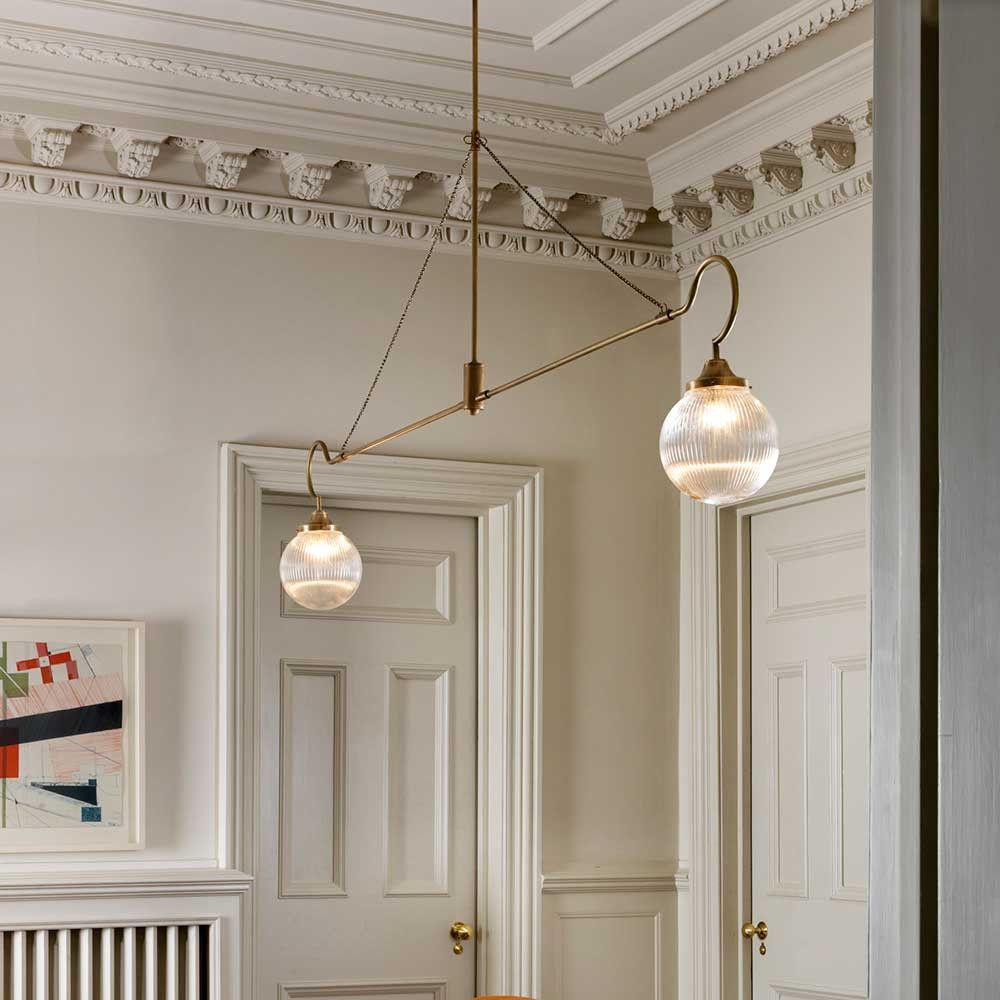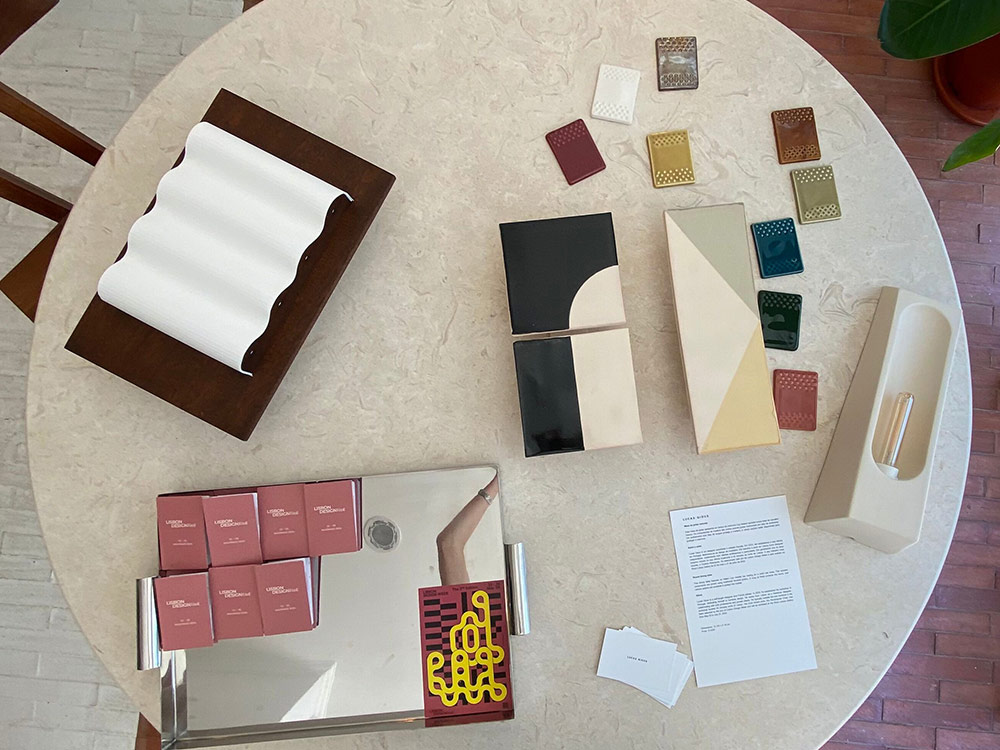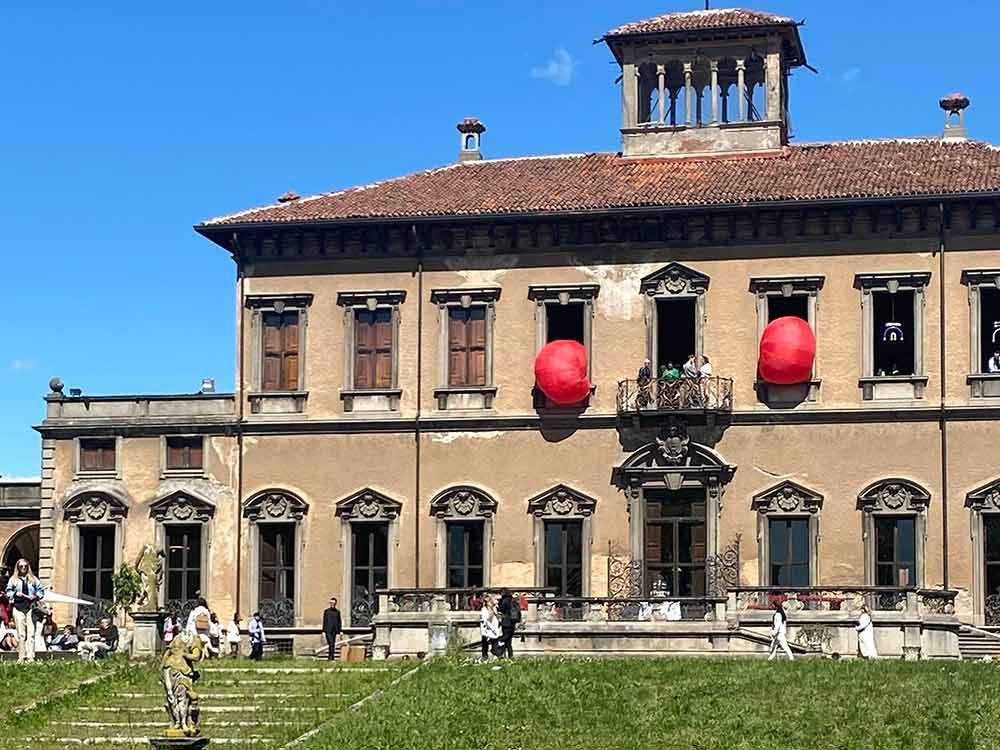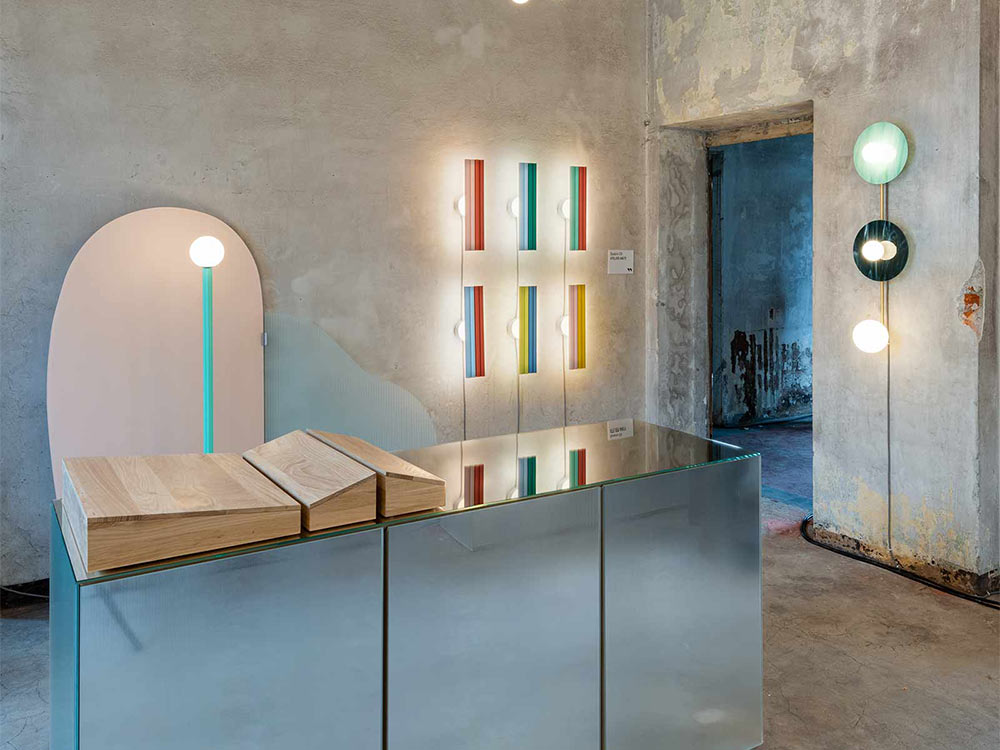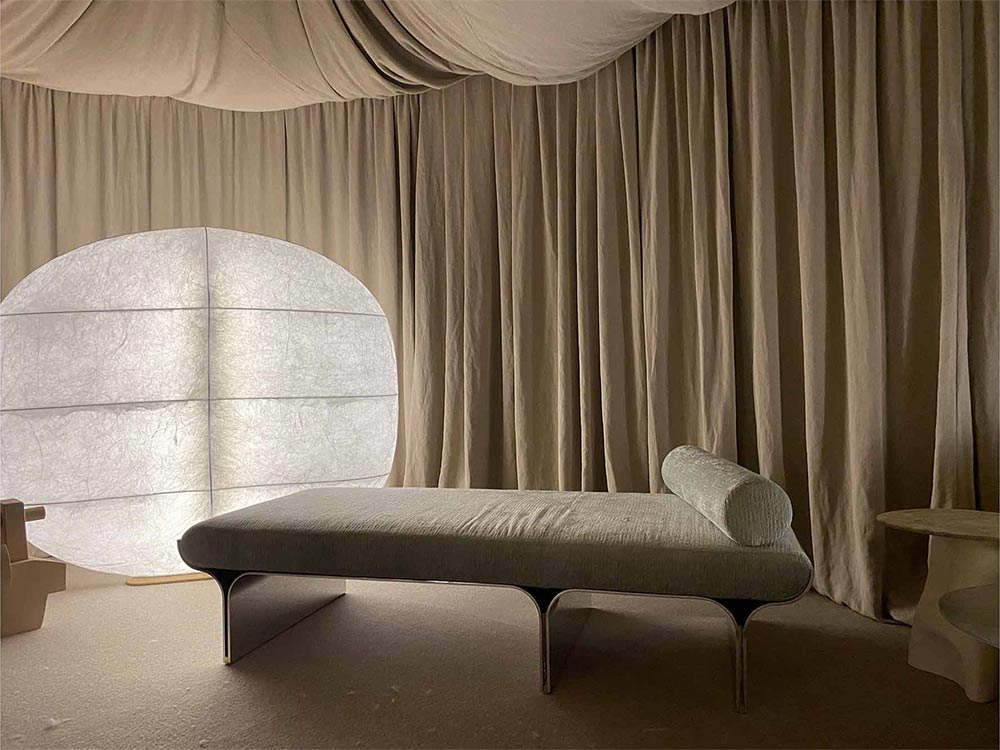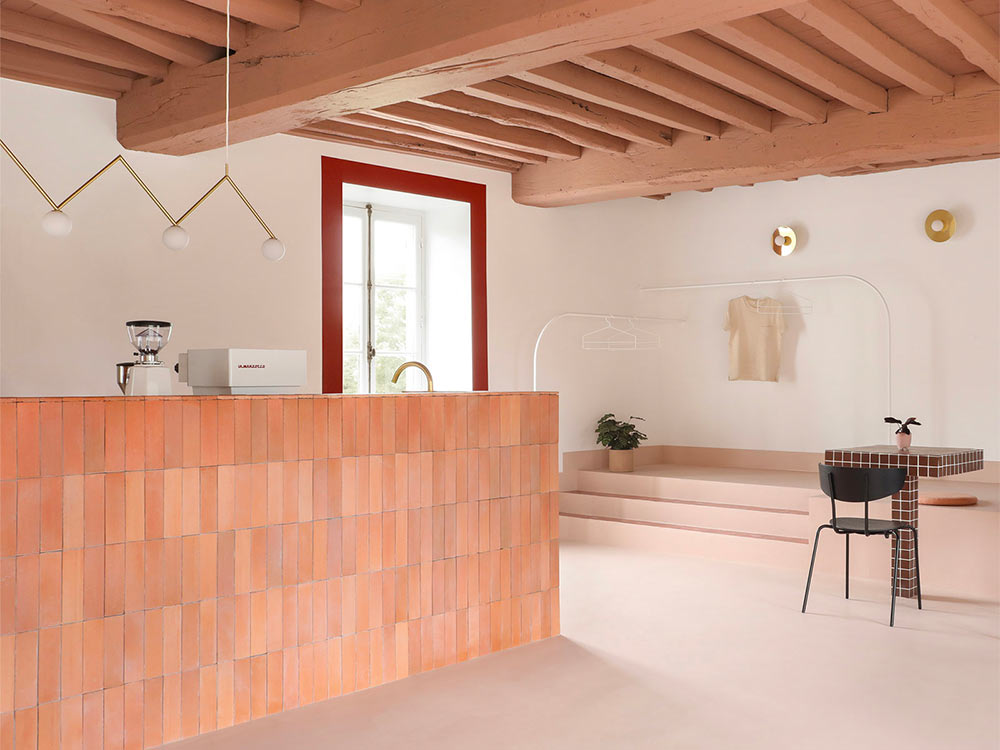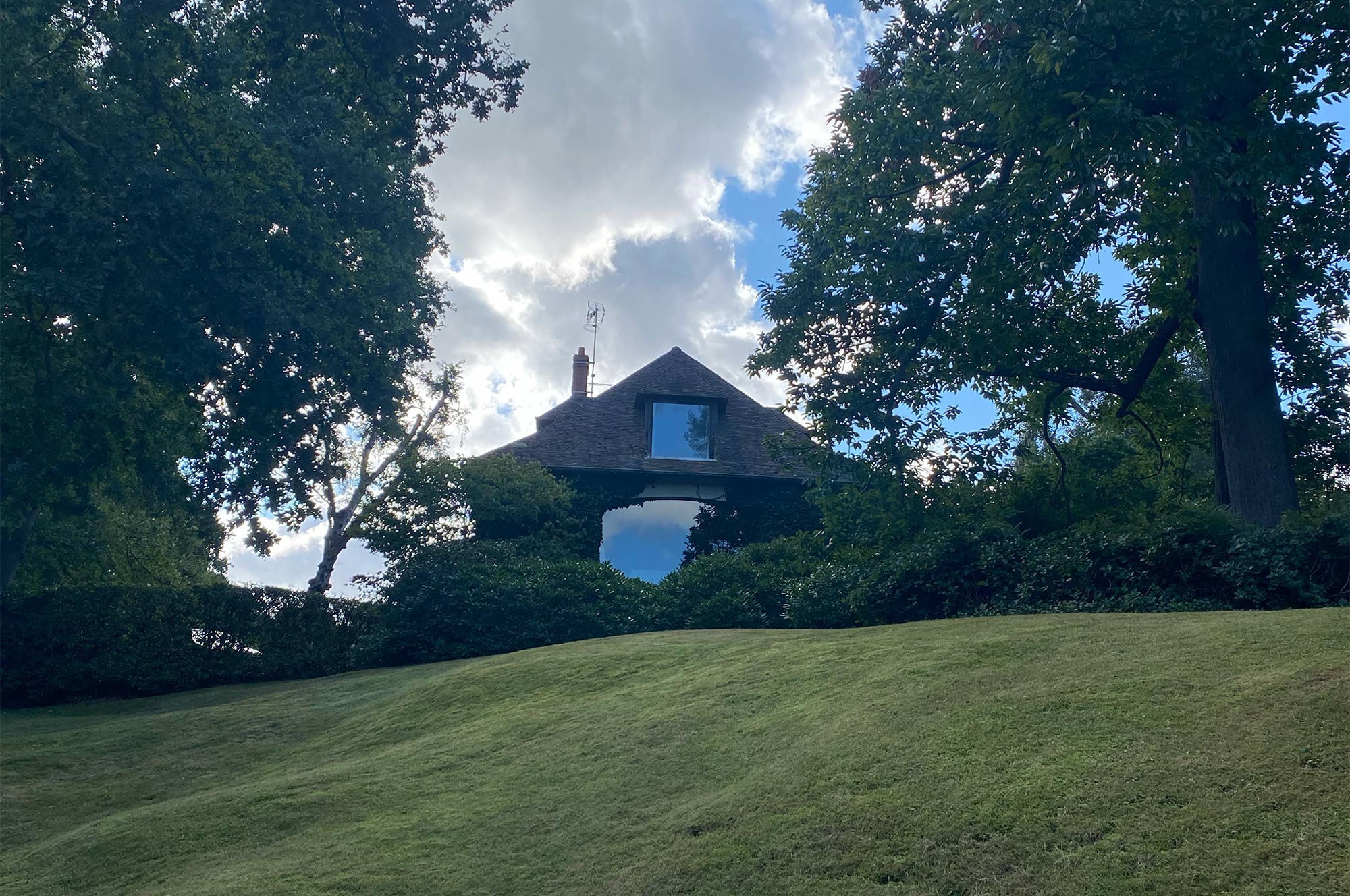
Bois de Morville by Pascal Cribier
“Any place can become the most beautiful one in the world.” Pascal Cribier
A charismatic figure – whose favourite saying was “vite, vite, vite” (French for “quick, quick, quick”) Pascal Cribier graduated as a DPLG architect in 1978. He subsequently designed more than 200 gardens around the world.
Although involved in a variety of pretigious projects, such as the Tuileries Gardens and the Grand Paris project, he insisted on being known as a gardener, considering himself neither a landscape designer nor an urban planner.
His philisophy of gardening was simple: start from the site, the soil and the wind, listen to the people living there, prefer planning on site than on a computer… (incidentally Cribier hated phones – he was quoted as saying in an interview with Hervé Brunon when you keep looking at a phone you “forget to be aware of your surroundings and reality slips away“).
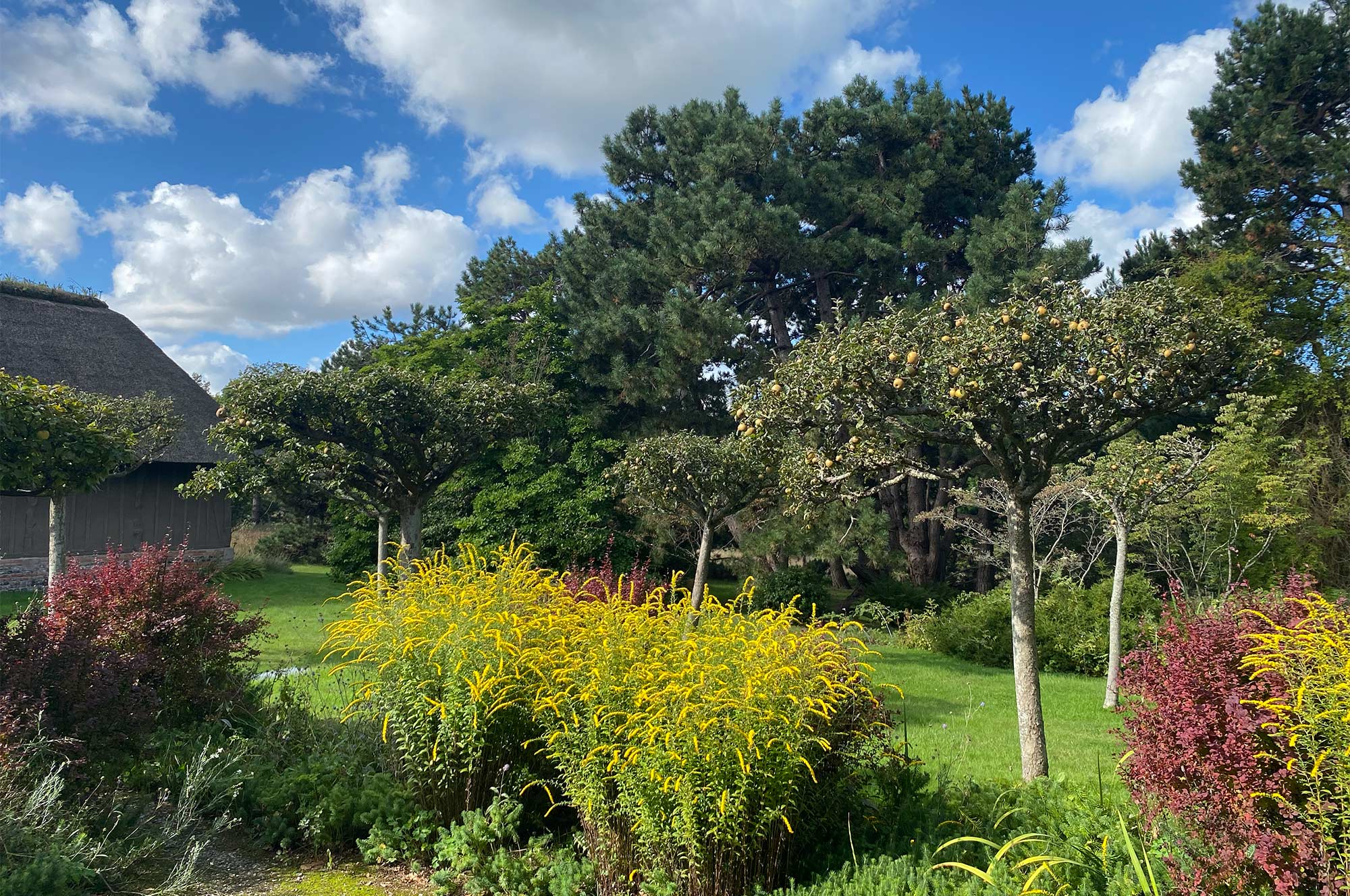
In 1982 he began what was to be his most personal project: the garden of Bois de Morville, the laboratory in which he would test his ideas throughout his career. He created this garden in an austere north-facing valley in Normandy together with his friend Eric Choquet and the gardener Robert Morel.
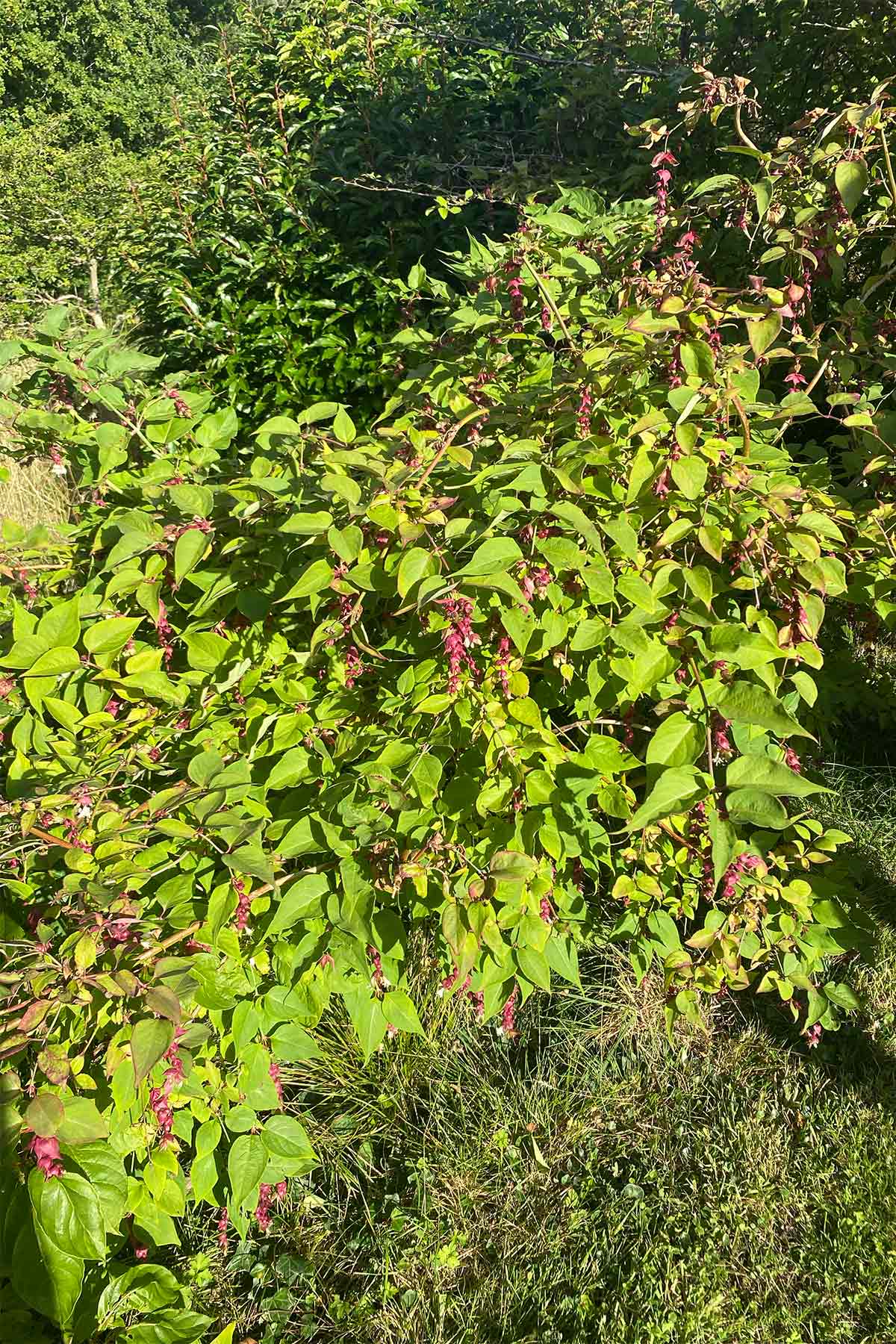
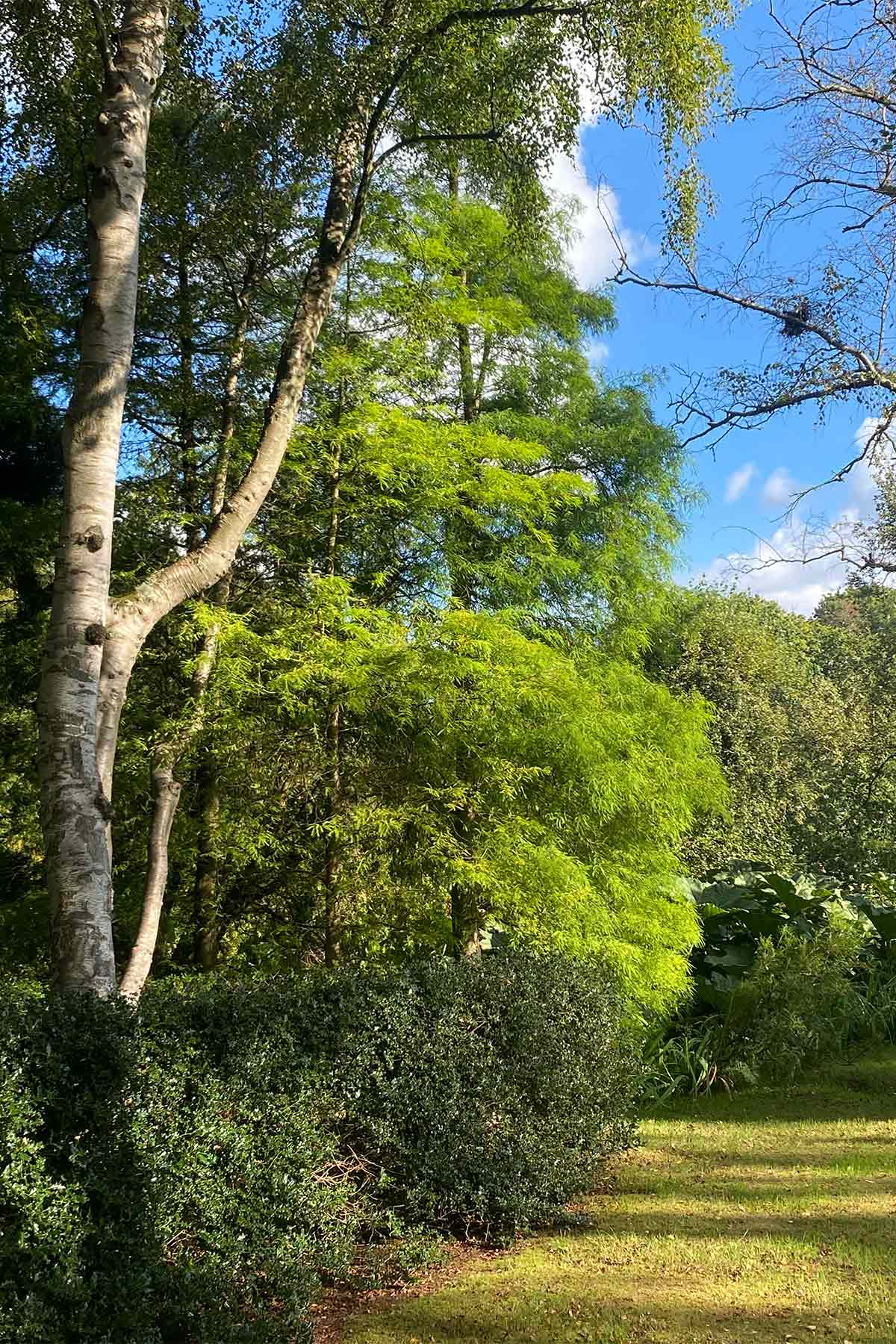
The first years were devoted to the removal of literally hundreds of trees damaged by the 1978 storm, mainly birches and ash trees. It was a titanic job; everything had to be done by hand, as any machine would have damaged the already fragile soil.
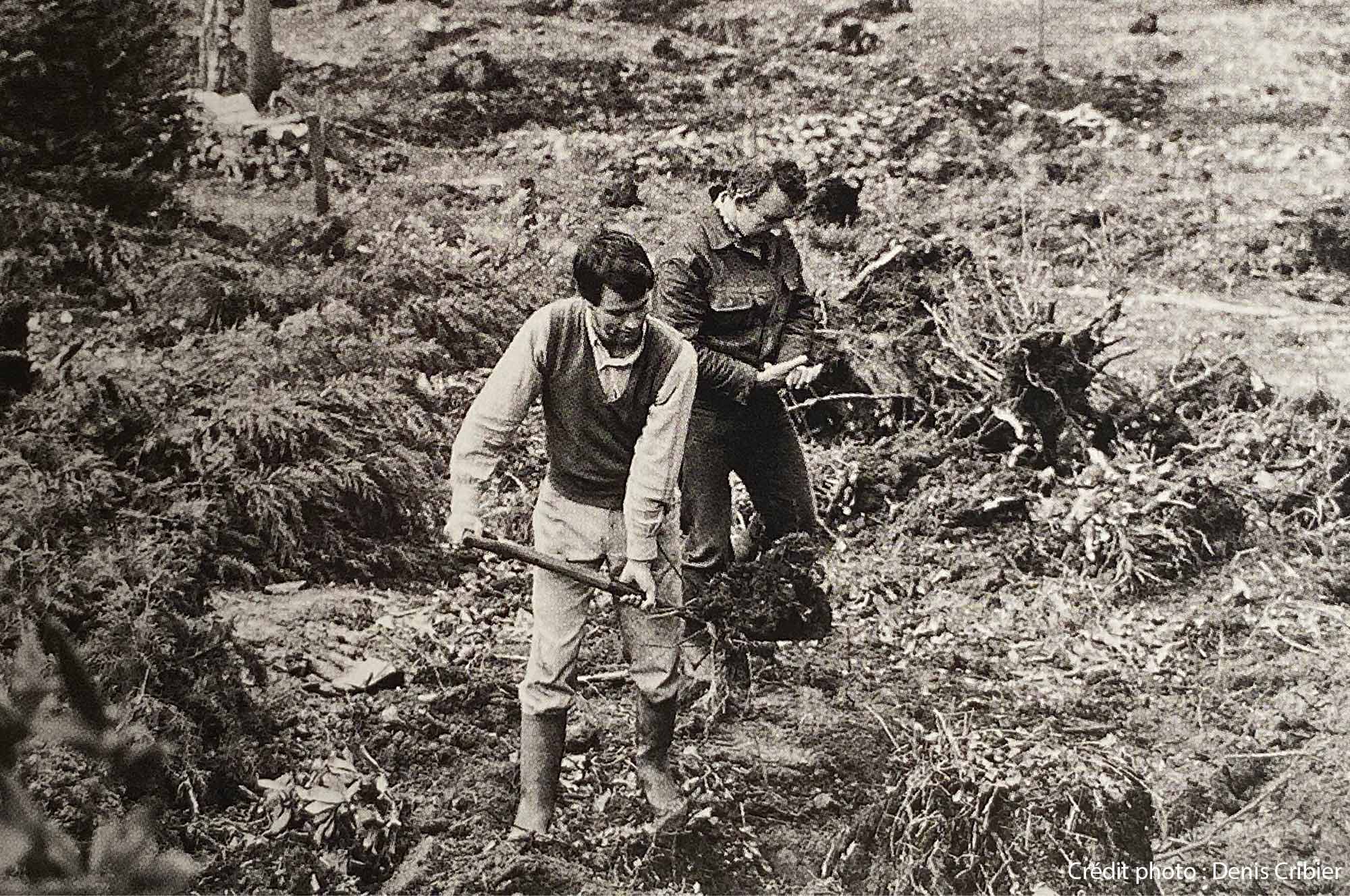
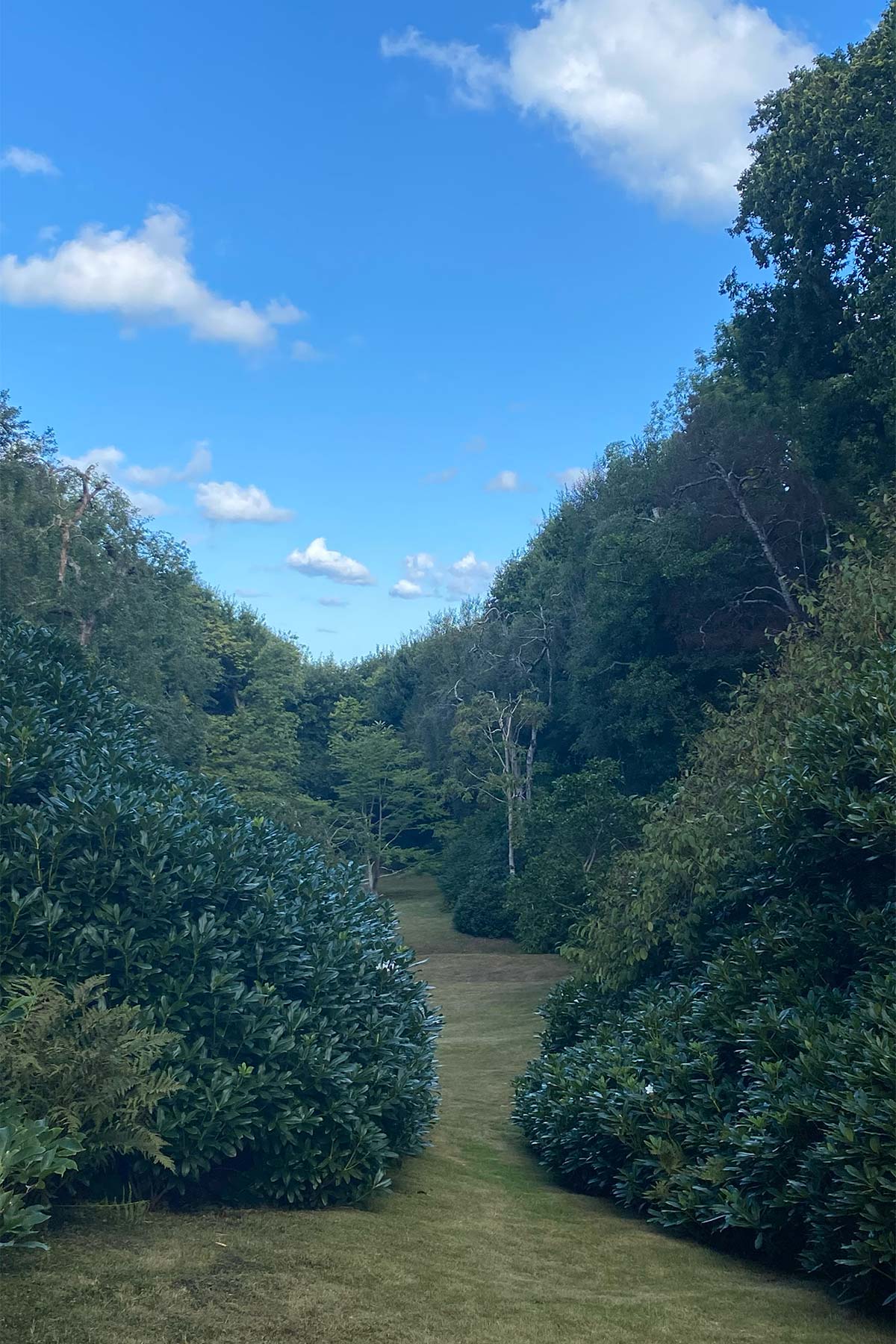
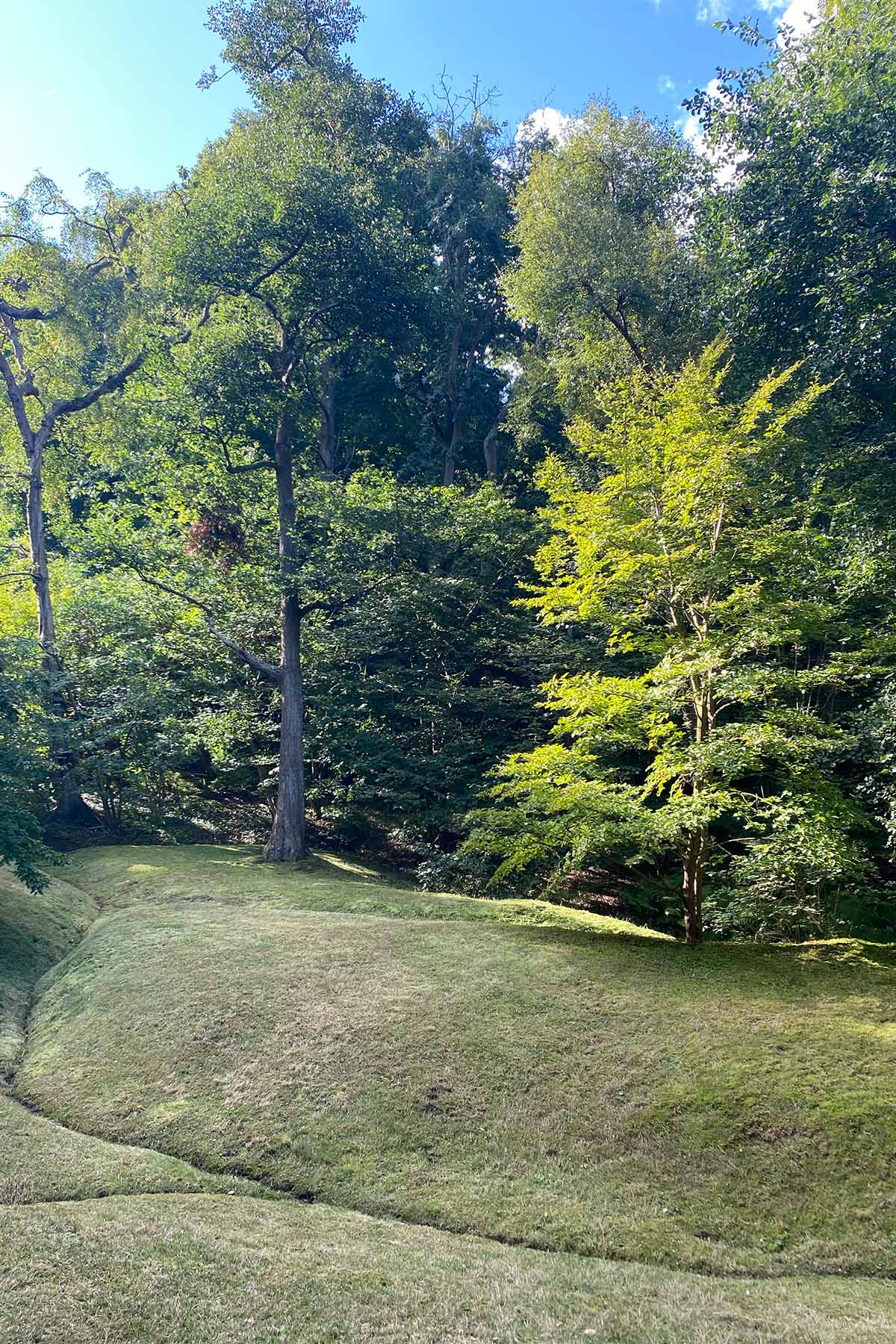
This didn’t discourage Cribier, who described, in his book “Itinéraires d’un Jardinier”, how “over time, a very special bond is created between the people who garden together, and how even hard labour, unpleasant to the eyes of some, can be a wonderful moment”.
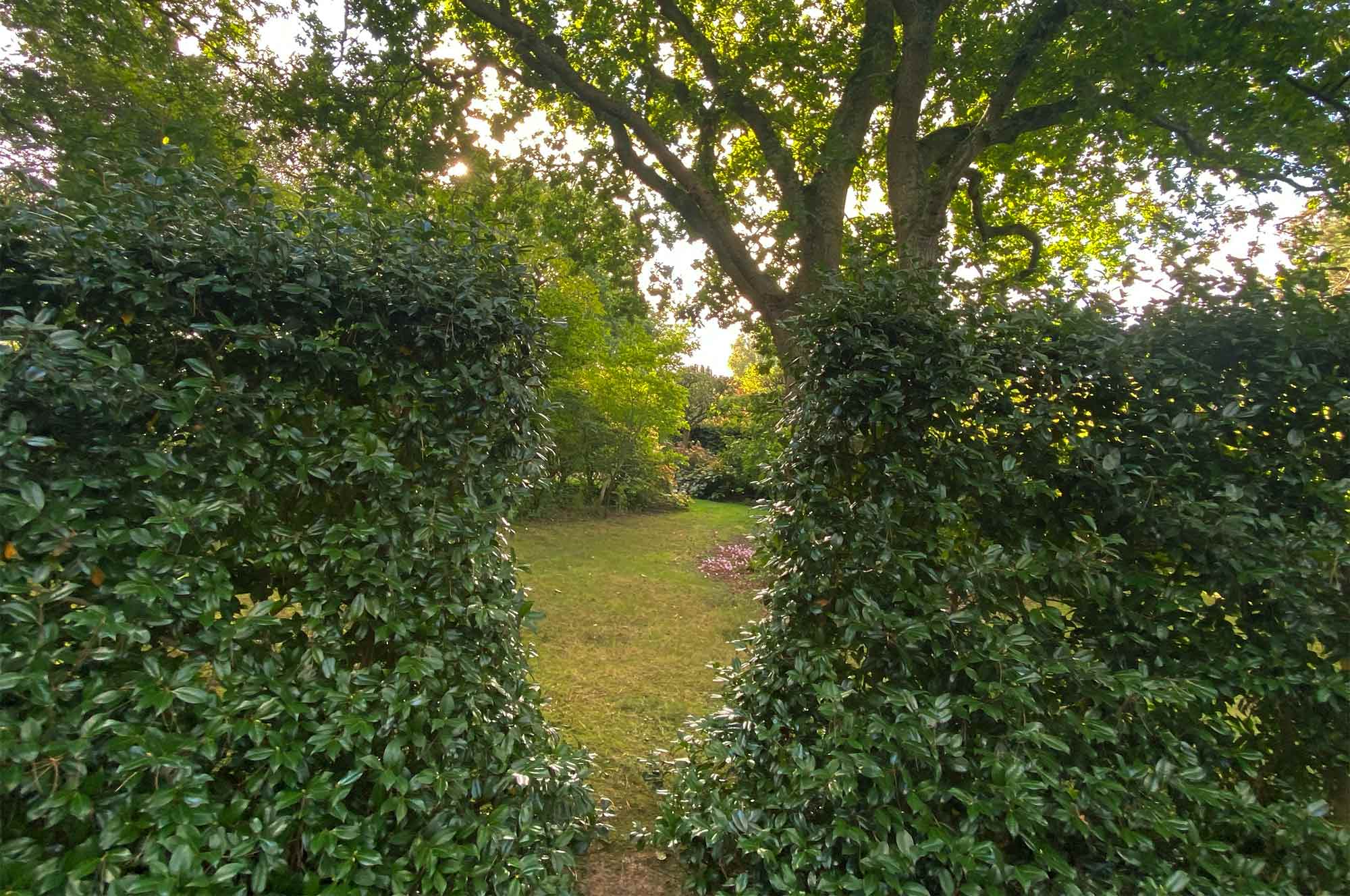
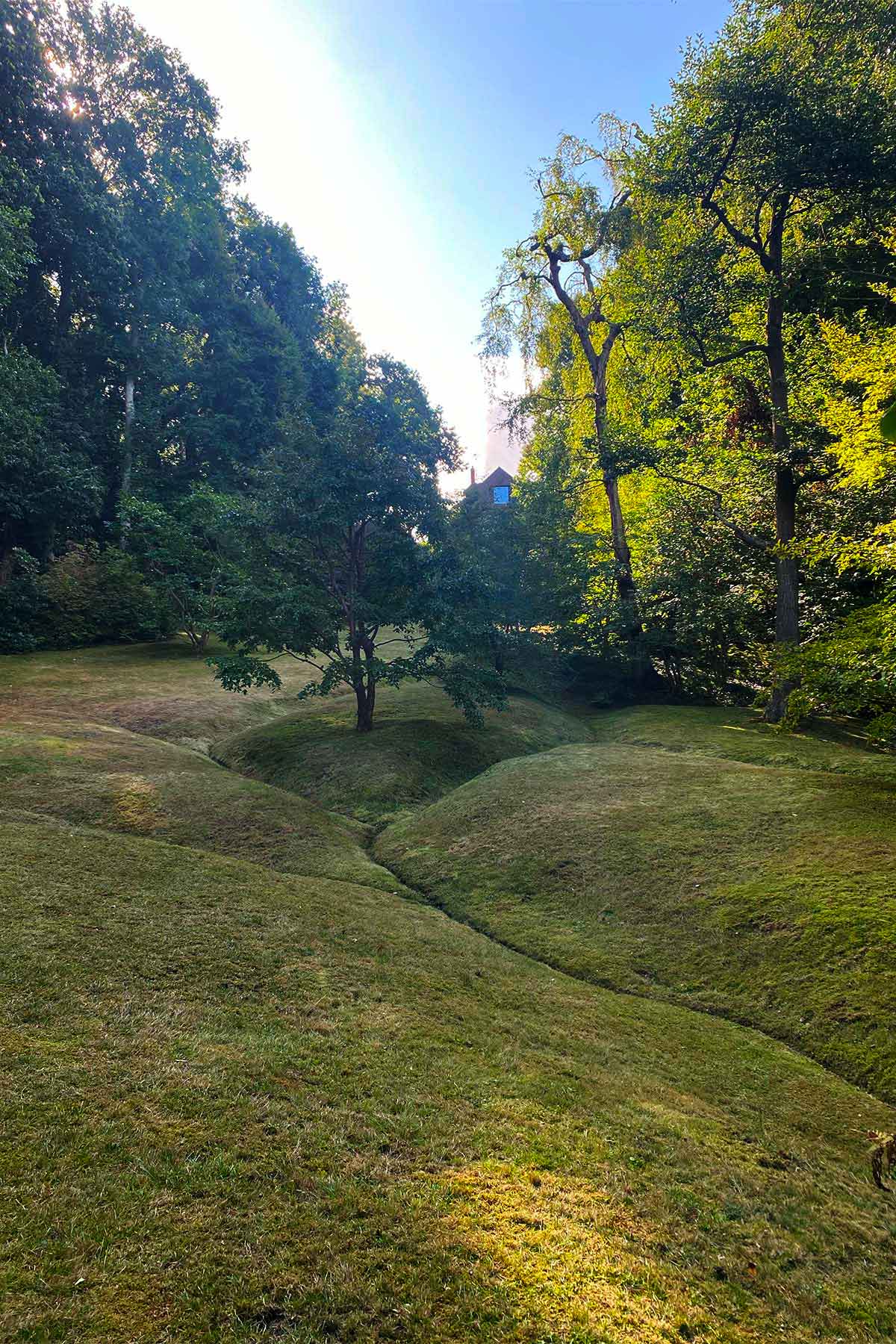
Kilometers of drains were dug out, also by hand, to remove excess water from the swampy soil. These furrows became in integral part of the architecture of the garden, forming green islands in the lawn.
The plants: mahonias, camellias, rhododendrons, were chosen to match the soil – clay in places, sandy in others.
Pascal Cribier paid importance to every detail. The placement of each tree is studied carefully and he didn’t hesitate to move plants if necessary. Thus the Magnolia Sieboldi – four to five meters high – were all transplanted to the orchard, twenty years after their initial planting.
Cribier’s sense of detail encompassed both aesthetics and functionality. For exemple, trimming hedges in the shape of a long skirt both looked good and saved labour, as it removed the need to weed the base of the hedges.
All the big trees were pruned by Cribier himself, and he took great care, whilst letting light through the trees, to keep all the low branches.
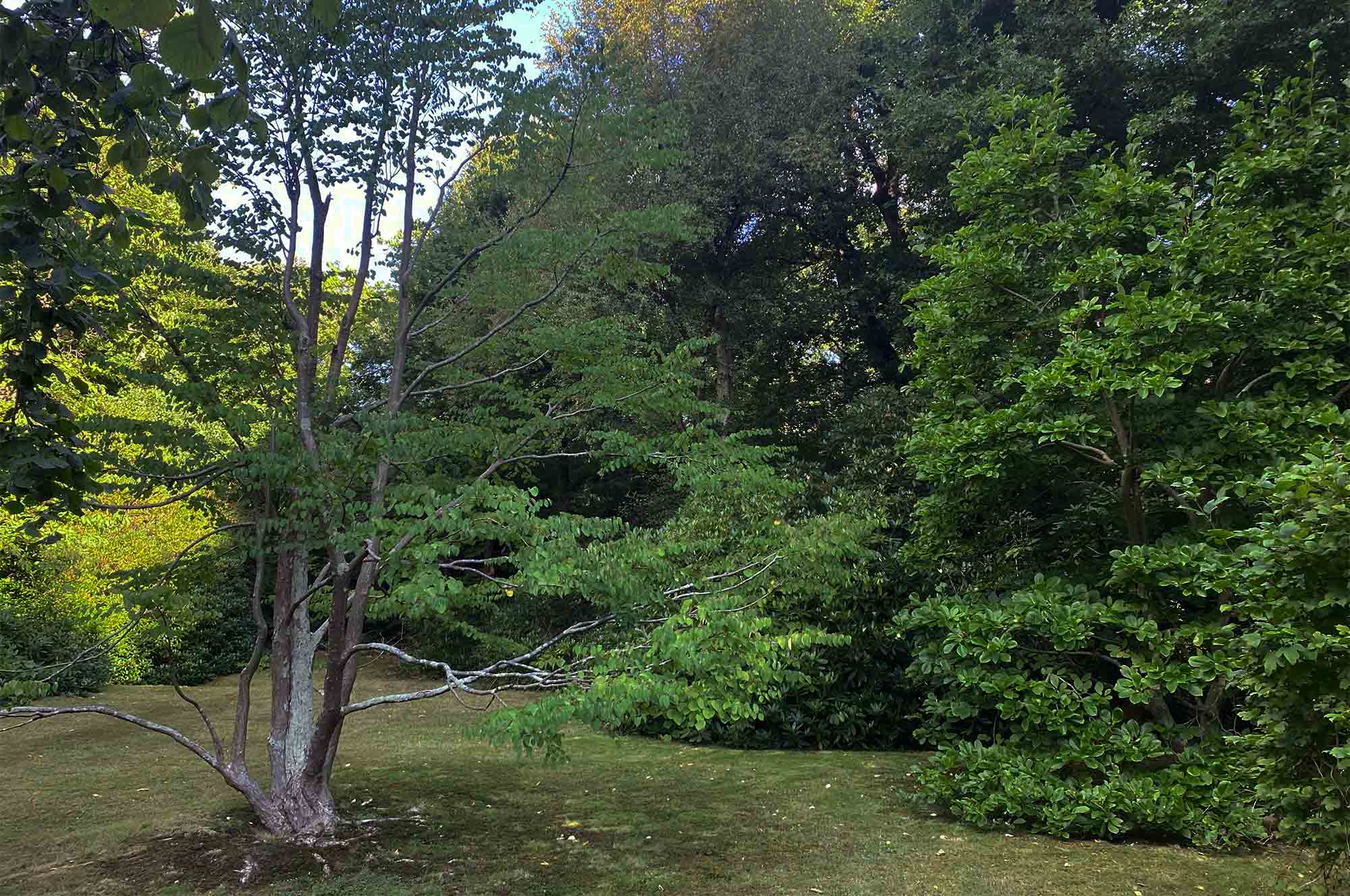
By pruning, Cribier opened up the view of the sea at the bottom of the garden. He later installed a beautiful frameless rounded bay window in the living room. When you enter the room you are immediately captivated by the view.
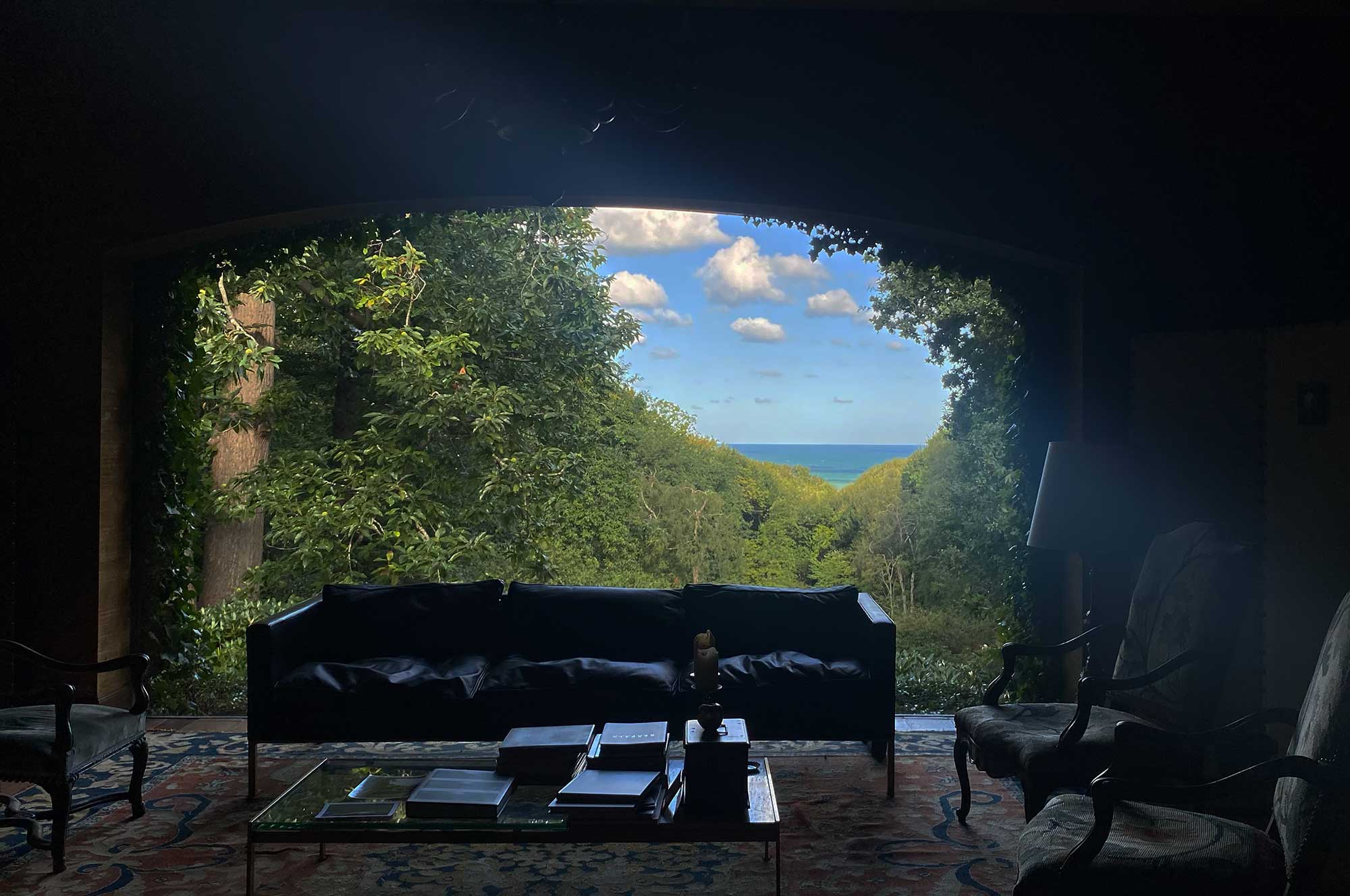
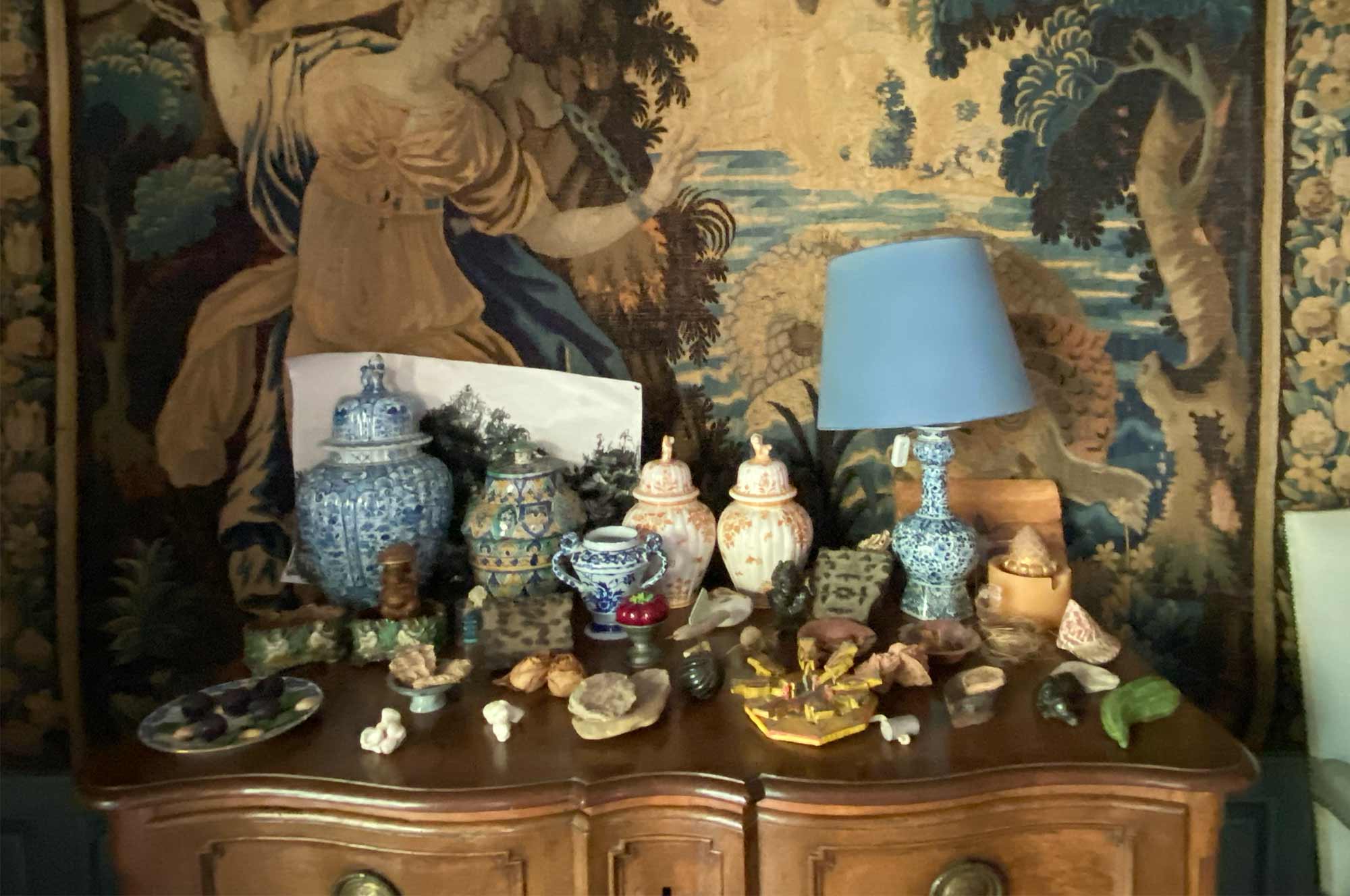
The garden was designed as a series of viewpoints, that were to change with the seasons, reflecting Cribier’s idea that a garden is a “succession of moments, of dazzling emotions”.
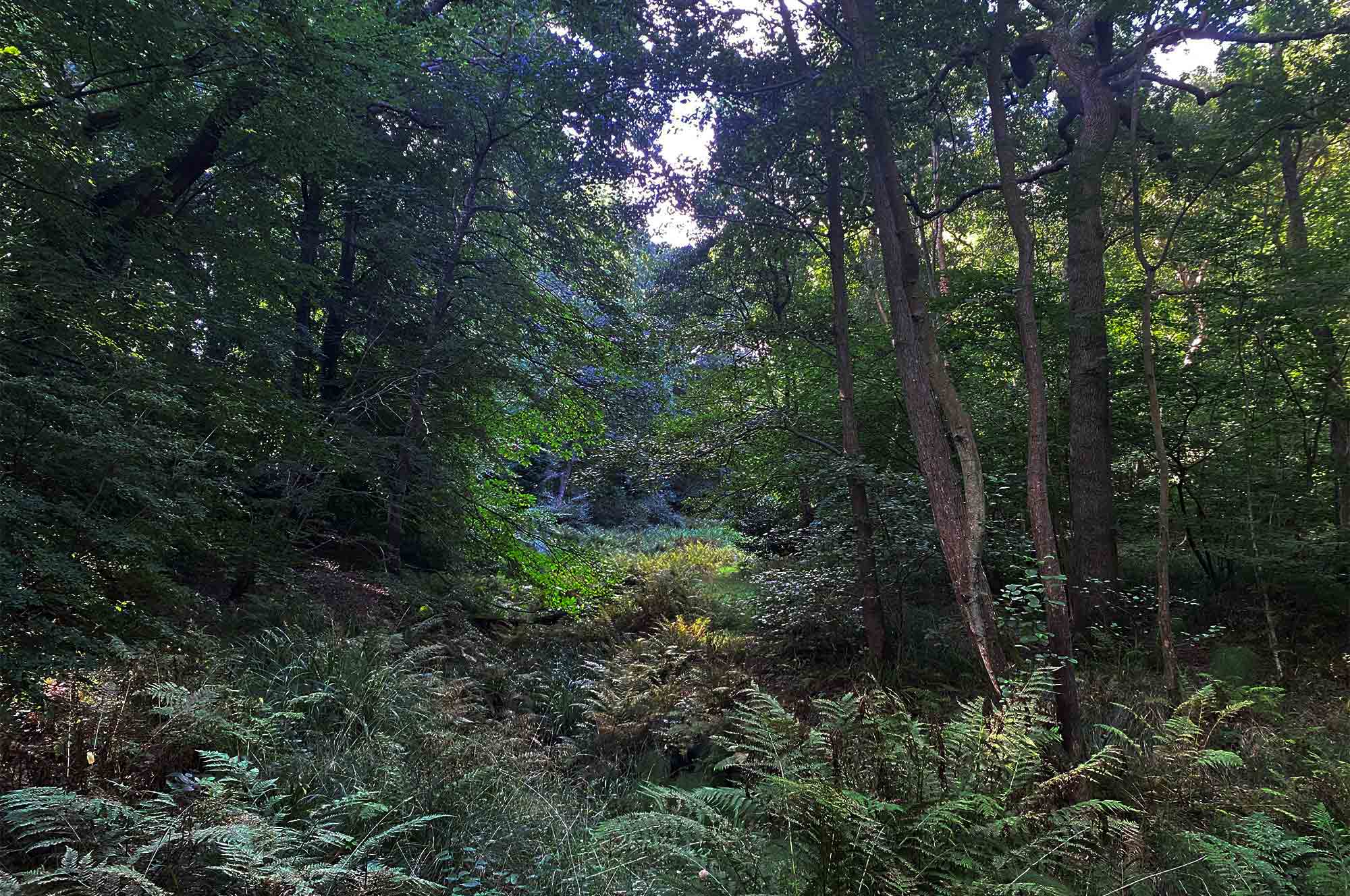
Shop the look
Bois de Morville by Pascal Cribier
“Any place can become the most beautiful one in the world.” Pascal Cribier
A charismatic figure – whose favourite saying was “vite, vite, vite” (French for “quick, quick, quick”) Pascal Cribier graduated as a DPLG architect in 1978. He subsequently designed more than 200 gardens around the world.
Although involved in a variety of pretigious projects, such as the Tuileries Gardens and the Grand Paris project, he insisted on being known as a gardener, considering himself neither a landscape designer nor an urban planner.
His philisophy of gardening was simple: start from the site, the soil and the wind, listen to the people living there, prefer a planning on site than on a computer… (incidentally Cribier hated phones – he was quoted as saying in an interview with Hervé Brunon when you keep looking at a phone you “forget to be aware of your surroundings and reality slips away“).

In 1982 he began what was to be his most personal project: the garden of Bois de Morville, the laboratory in which he would test his ideas throughout his career. He created this garden in an austere north-facing valley in Normandy together with his friend Eric Choquet and the gardener Robert Morel.


The first years were devoted to the removal of literally hundreds of trees damaged by the 1978 storm, mainly birches and ash trees. It was a titanic job; everything had to be done by hand, as any machine would have damaged the already fragile soil.

This didn’t discourage Cribier, who described, in his book “Itinéraires d’un Jardinier”, how “over time, a very special bond is created between the people who garden together, and how even hard labour, unpleasant to the eyes of some, can be a wonderful moment”.

Kilometers of drains were dug out, also by hand, to remove excess water from the swampy soil. These furrows became in integral part of the architecture of the garden, forming green islands in the lawn.

The plants: mahonias, camellias, rhododendrons, were chosen to match the soil – clay in places, sandy in others.
Pascal Cribier paid importance to every detail. The placement of each tree is studied carefully and he didn’t hesitate to move plants if necessary. Thus the Magnolia Sieboldi – four to five meters high – were all transplanted to the orchard, twenty years after their initial planting.

Cribier’s sense of detail encompassed both aesthetics and functionality. For exemple, trimming hedges in the shape of a long skirt both looked good and saved labour, as it removed the need to weed the base of the hedges.
All the big trees were pruned by Cribier himself, and he took great care, whilst letting light through the trees, to keep all the low branches.
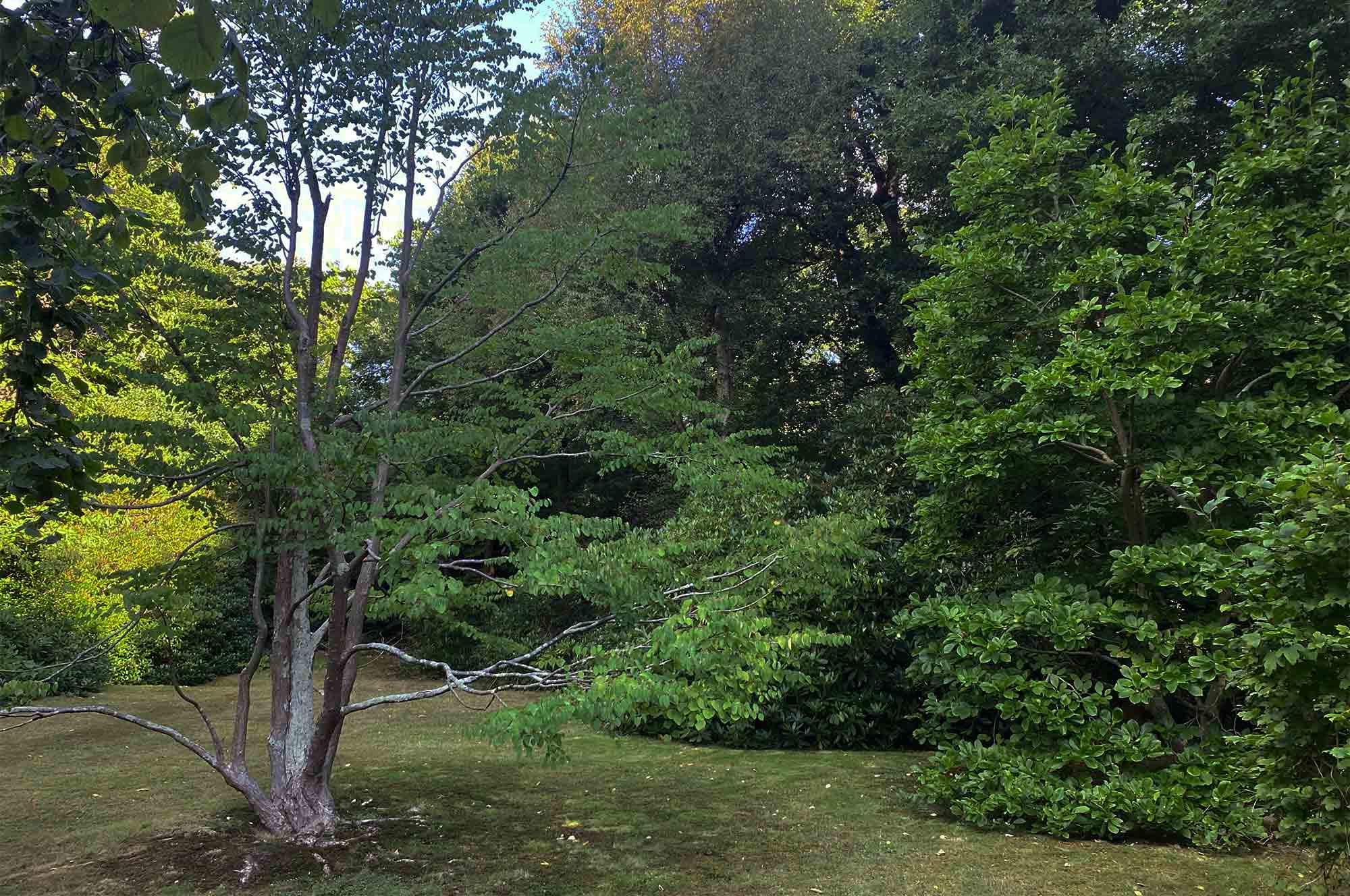
By pruning, Cribier opened up the view of the sea at the bottom of the garden. He later installed a beautiful frameless rounded bay window in the living room. When you enter the room you are immediately captivated by the view.


The garden was designed as a series of viewpoints, that were to change with the seasons, reflecting Cribier’s idea that a garden is a “succession of moments, of dazzling emotions”.

Shop the look



